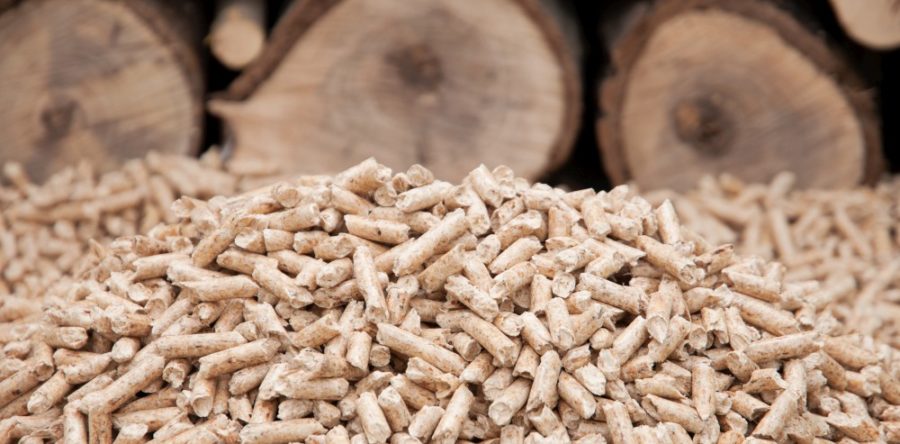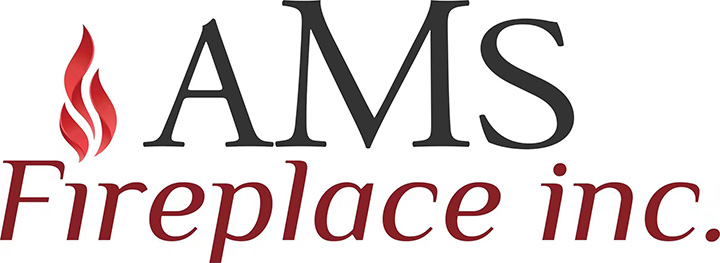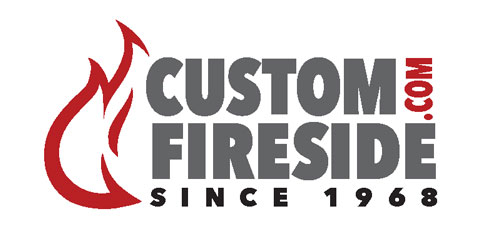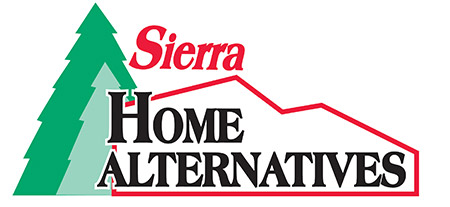Here we’ll look at some of the differences between wood-burning and pellet stoves. Both are popular options for people who prefer not to operate a fireplace and want a little more flexibility in where they set up the stove. Both bring warmth and ambiance to a home. So the main factors prospective buyers are looking at are cost to buy and operate and convenience and efficiency of operation.
Costs: wood vs. pellet stoves
Pellet stoves are generally more expensive to buy than wood-burning stoves. They (like all stand-alone stove units) should be installed only by trained experts in the hearth industry who understand proper stove mechanics and ventilation. The high-efficiency pellets are not expensive and are basically hassle-free for homeowners to use, making for economical and simple operation over time.
Wood stoves are typically less expensive to buy
The purchase of a wood-burning stove is normally not as expensive as one that burns pellets, which is one of the reasons they’re the most popular type of stove among consumers. However, logs will cost more to purchase, unless you cut the wood yourself, but then you have the time factor to consider.
When in use, wood-burning stoves need the frequent addition of logs to the fire, where a hopper is used with a pellet stove to add pellets to the fire box at a pre-set rate. Probably the main reason for the popularity of wood stoves is the ambiance they bring to a room. There’s something about the sight and sound of crackling logs on a chilly evening that’s a big attraction to many homeowners.
Both wood-burning and pellet stoves require proper ventilation in accord with their manufacturers’ guidelines, so they have to be placed in a section of the room where this can be accomplished. When considering either type of stove, homeowners need to make sure sufficient room exists for the appliance including appropriate clearance from nearby walls.
Additionally, as with any kind of appliance that uses wood as its fuel source, both stove types must meet the Environmental Protection Agency’s emission requirements.
Take everything into consideration when buying a stove
As you can see, there are differences between wood-burning and pellet stoves. With the latter, you’ll pay more for the appliance, but you won’t pay as much for the fuel. With a wood-burning stove, you’ll enjoy more economy up front and the pleasing aesthetics of burning wood for the life of the stove, but it will cost more to operate.
For people seeking an alternative to traditional fireplaces, a free-standing stove is an excellent choice. Beautiful designs and great efficiency make these stoves a handsome addition to any room in the house. Modern stoves, such as those offered by We Love Fire, burn more efficiently than older versions and are all guaranteed to meet or exceed EPA emissions guidelines.
Are you ready for a good-looking, modern free-standing stove? Do you have questions about which type would be best for your home and lifestyle? The hearth experts at We Love Fire can help. You can read more about wood-burning, pellet and gas-burning stoves, or find a store near you and speak to a helpful representative.











